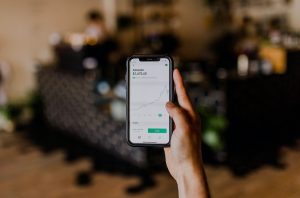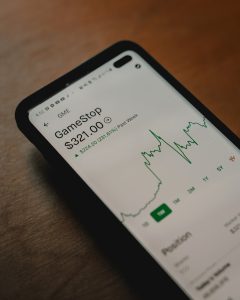Forex trading involves buying and selling currencies in the foreign exchange market. The market is characterized by high liquidity and volatility, making it a popular choice for traders seeking high returns. One of the key features of forex trading is leverage, which allows traders to open positions that are larger than their trading capital. However, there are limits to how large leverage can be in forex trading.
Leverage is a tool that allows traders to control larger positions with a smaller amount of capital. For example, if a trader has a trading capital of $1,000 and uses a leverage ratio of 1:100, they can control a position worth $100,000. This means that they can potentially earn higher profits than they would with just their trading capital. However, leverage can also amplify losses, so traders must use it carefully.
In forex trading, leverage ratios can vary depending on the broker and the account type. Some brokers offer leverage ratios as high as 1:1000 or even 1:2000, while others offer lower ratios such as 1:50 or 1:30. The maximum leverage ratio allowed by regulators also varies by country. In the United States, for example, the maximum leverage ratio for retail forex traders is 1:50, while in Europe it is 1:30.
The size of leverage that traders can use in forex trading depends on several factors. These include the trader’s experience and risk tolerance, the size of their trading capital, and the volatility of the currency pair being traded. Experienced traders with a high risk tolerance may be able to use higher leverage ratios, while novice traders or those with less capital may need to use lower ratios.
Another factor that can affect the size of leverage is the margin requirement. Margin is the amount of capital that traders must have in their account to open and maintain a position. The margin requirement is calculated based on the leverage ratio and the size of the position. For example, if a trader wants to open a position worth $100,000 with a leverage ratio of 1:100, they would need a margin of $1,000. If the leverage ratio is increased to 1:200, the margin requirement would be reduced to $500.
However, it’s important to note that margin requirements can change depending on market conditions. In times of high volatility or low liquidity, brokers may increase margin requirements to protect themselves and their clients from potential losses. This means that traders may need to have more capital in their account or use lower leverage ratios during these times.
In addition to margin requirements, traders should also be aware of the risks associated with high leverage ratios. While leverage can increase potential profits, it can also amplify losses. If a trade goes against a trader, they may lose more than their trading capital and end up with a negative account balance. This is known as a margin call, and it can be a significant risk for traders using high leverage ratios.
To avoid margin calls and manage risk, traders should use stop-loss orders and limit orders to control their positions. Stop-loss orders automatically close a position if the market moves against the trader, while limit orders automatically close a position once a certain profit level is reached. These tools can help traders limit their losses and protect their capital.
In conclusion, the size of leverage in forex trading depends on several factors, including the trader’s experience and risk tolerance, the size of their trading capital, and the volatility of the currency pair being traded. While brokers may offer high leverage ratios, traders should use leverage carefully and be aware of the risks involved. By using stop-loss and limit orders, traders can manage their risk and potentially earn higher profits in the foreign exchange market.





